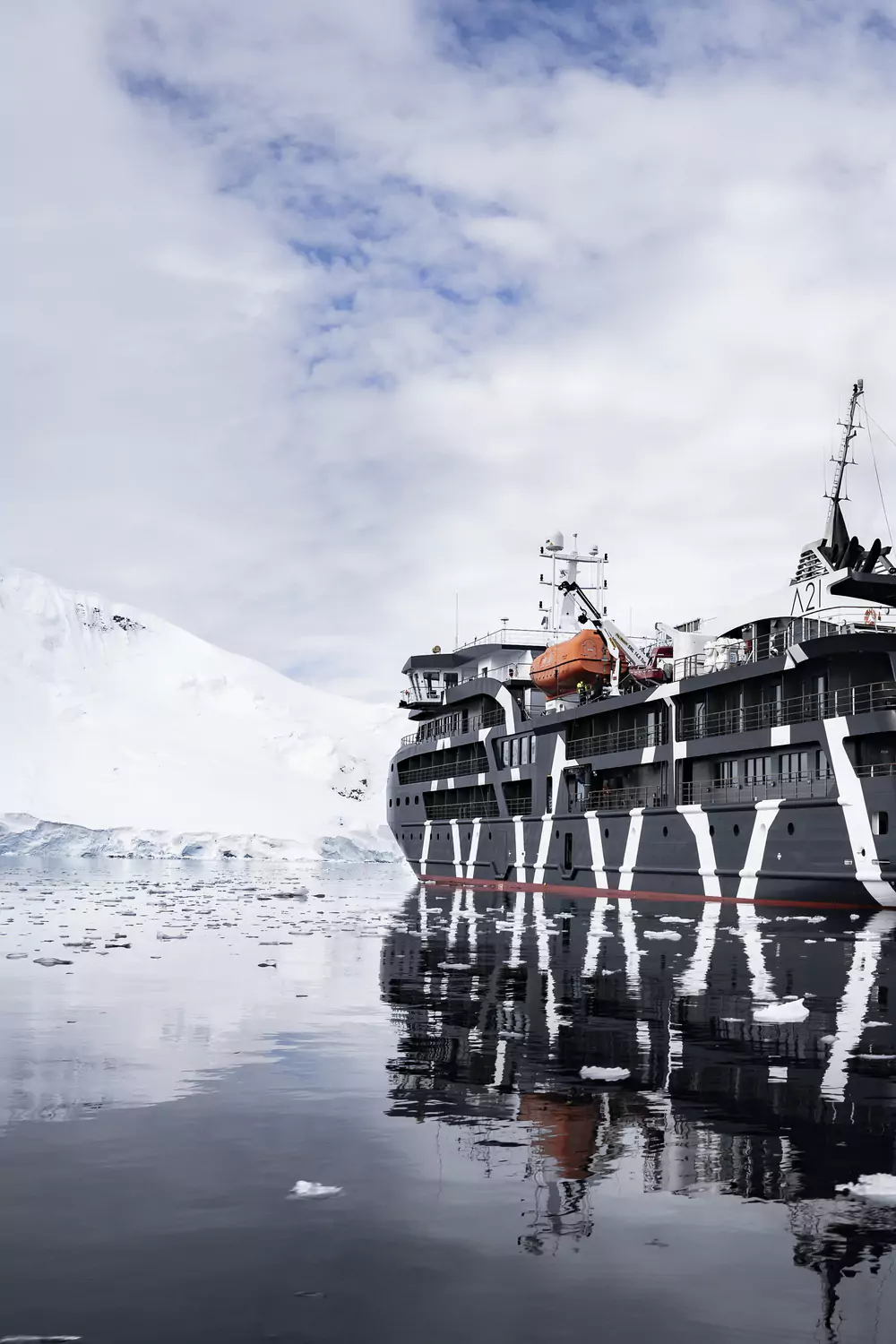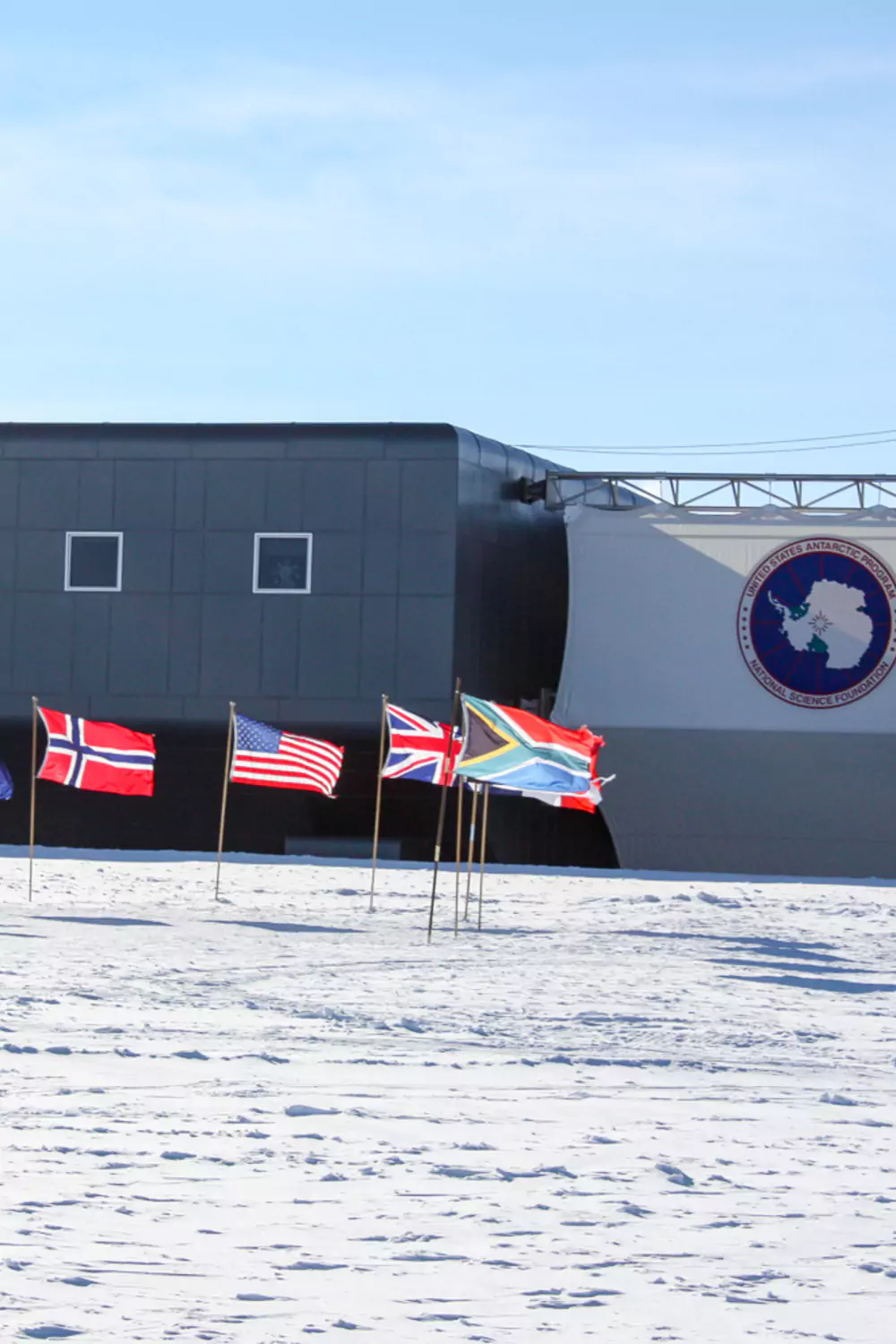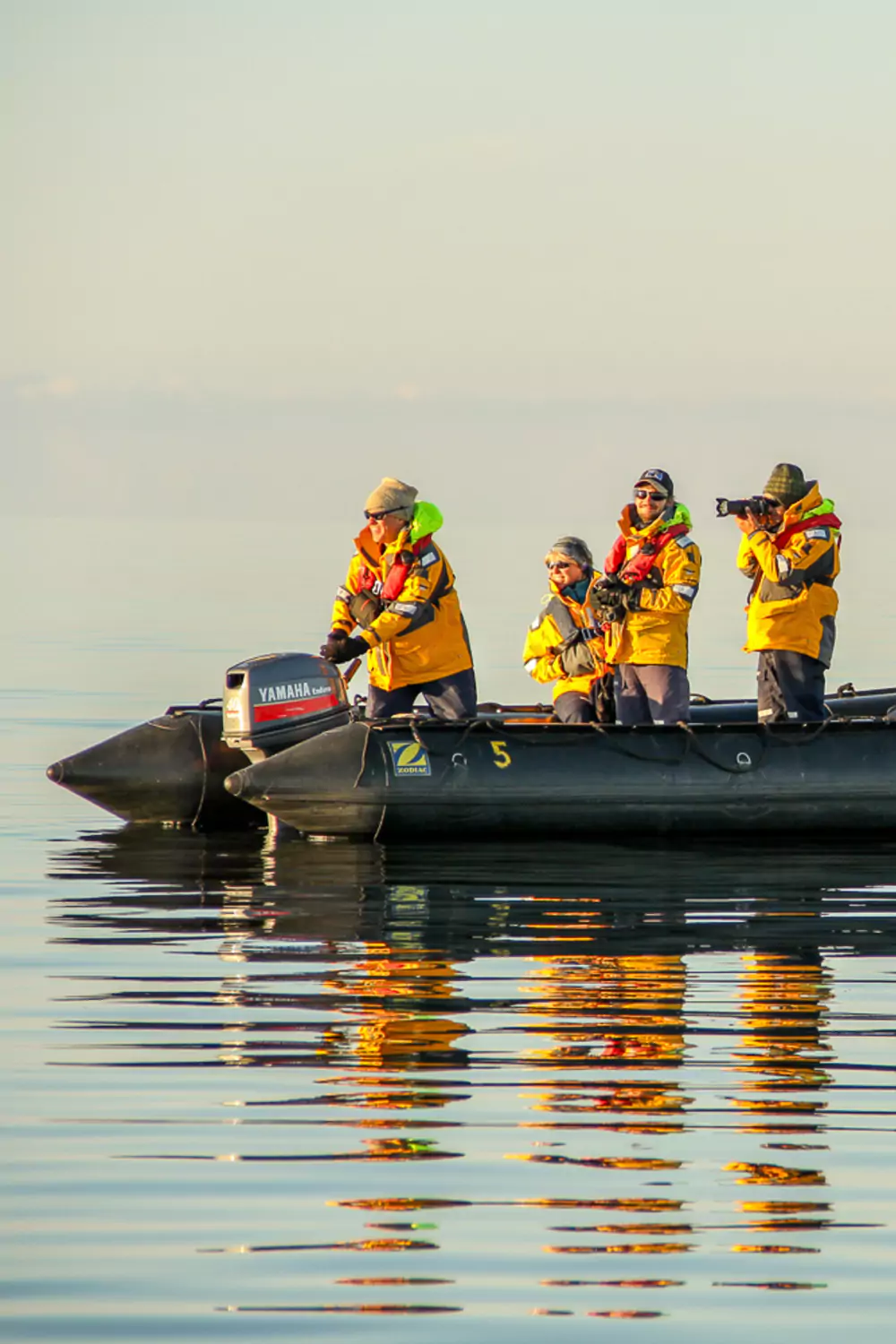LANDED’S Favorite Activities in Antarctica
While one might think that there’s not much to do on the coldest continent, there are plenty of activities for you to choose from on your trip to Antarctica.
Zodiac tours are included in all departures, allowing visitors views of wildlife, icebergs, and glaciers. Zodiac cruise participants also tend to cover more territory than other travelers see while afoot at a landing site. Additional activities tend to carry a supplemental fee and are carried out in small groups with dedicated, experienced guides. Additional packing items or experience might be required. Your LANDED specialist can help you swift through the options and identify the right cruise for your preffered activity.
Take a look at some of our favorite activities and start building an idea of what you want to explore on your luxury vacation.

Sailing in an Antarctic Cruise

Cross the Drake Passage

Ship-based Helicopter Tours

Kayaking in the Antarctic

Mountaineering in Antarctica

Snowshoeing in Antarctica

Visit a Polar Research Station

Antarctic Zodiac Cruises

Wildlife Watching Excursions

Whale Watching

Camping in Antarctica

Take the Polar Plunge

Scuba Diving Excursions

Skiing in Antarctica

Photography Workshops

Antarctic Abseiling

Kite Skiing in Antarctica

Fat Tire Biking
Start your journey today
Ready to find adventure in Antarctica? LANDED has connections with over 20 ships that regularly sail to the Antarctic coast. Make memories that will last a lifetime and call us today to schedule your next adventure!


